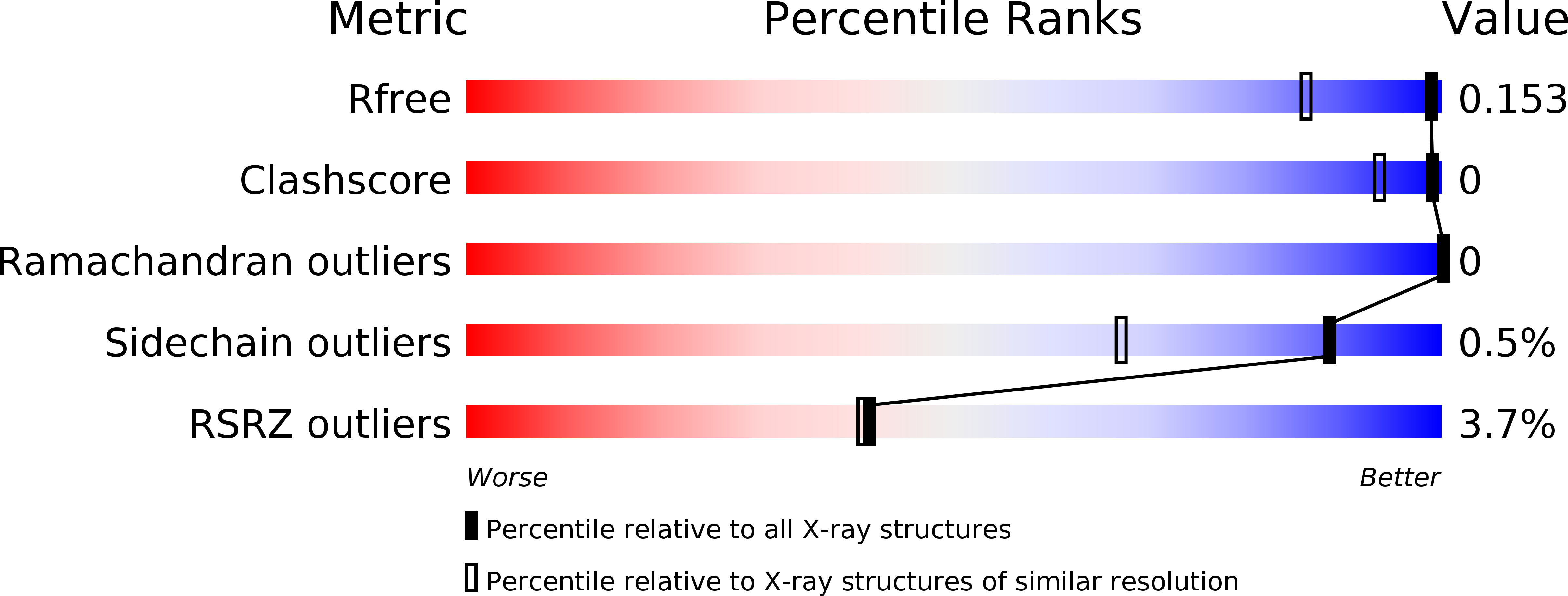
Deposition Date
2014-03-27
Release Date
2014-06-11
Last Version Date
2024-02-28
Method Details:
Experimental Method:
Resolution:
1.20 Å
R-Value Free:
0.15
R-Value Work:
0.12
R-Value Observed:
0.12
Space Group:
P 21 21 21


